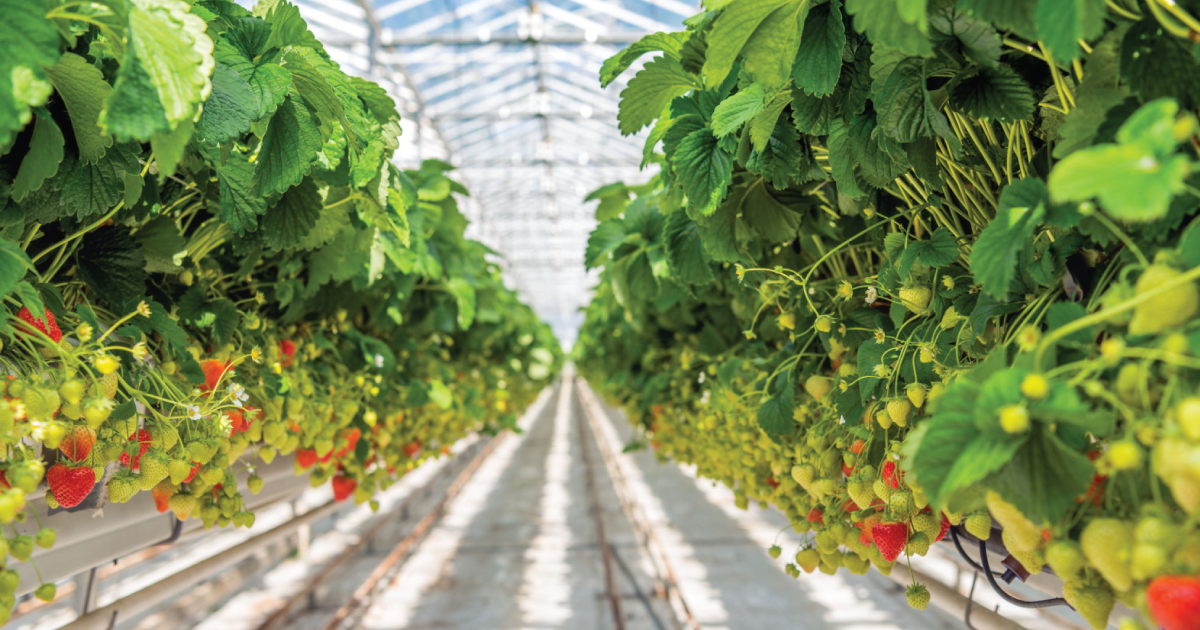
Getting Real About Organic Integrity
Although Interstate NOFA’s policy agenda stretches from soil health and food system justice to GMOs and the implementation of food safety regulations with numerous issues in between, here in the dawn’s early light of a new decade the Policy Committee is dealing more than ever with multiple challenges to organic integrity.
December 23, 2019 | Source: Northeast Organic Farming Association | by Steve Gilman
Although Interstate NOFA’s policy agenda stretches from soil health and food system justice to GMOs and the implementation of food safety regulations with numerous issues in between, here in the dawn’s early light of a new decade the Policy Committee is dealing more than ever with multiple challenges to organic integrity. Not surprisingly in this scoundrel time, a increasing number of trials have been of the top-down governmental variety. Understanding where we’ve been informs where we’re going – what follows is a more in-depth look at these federal onslaughts and the organic community efforts to thwart them.
How Did We Get Here?
The organic alternative has always had a tough row to hoe – so what’s the difference between now and the early days? In 1998 during the first rule-making phase, the stolid US Department of Agriculture (USDA) infamously put forward inserting GMOs, sewage sludge and food irradiation (plus another “66 points of darkness”) into the definition of organic in a brazen attempt to keep the fledgling upstart, with its radically attractive healthy food production practices OUT. Nowadays, with organic remaining the fastest growing segment of the food system, the Big Boys definitely want IN to the consumer-embraced $47 billion organic industry, by hook or by crook.
